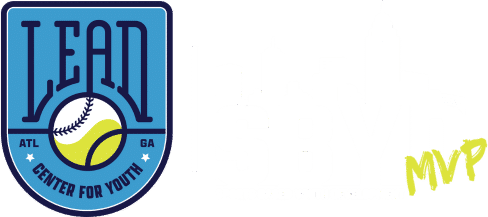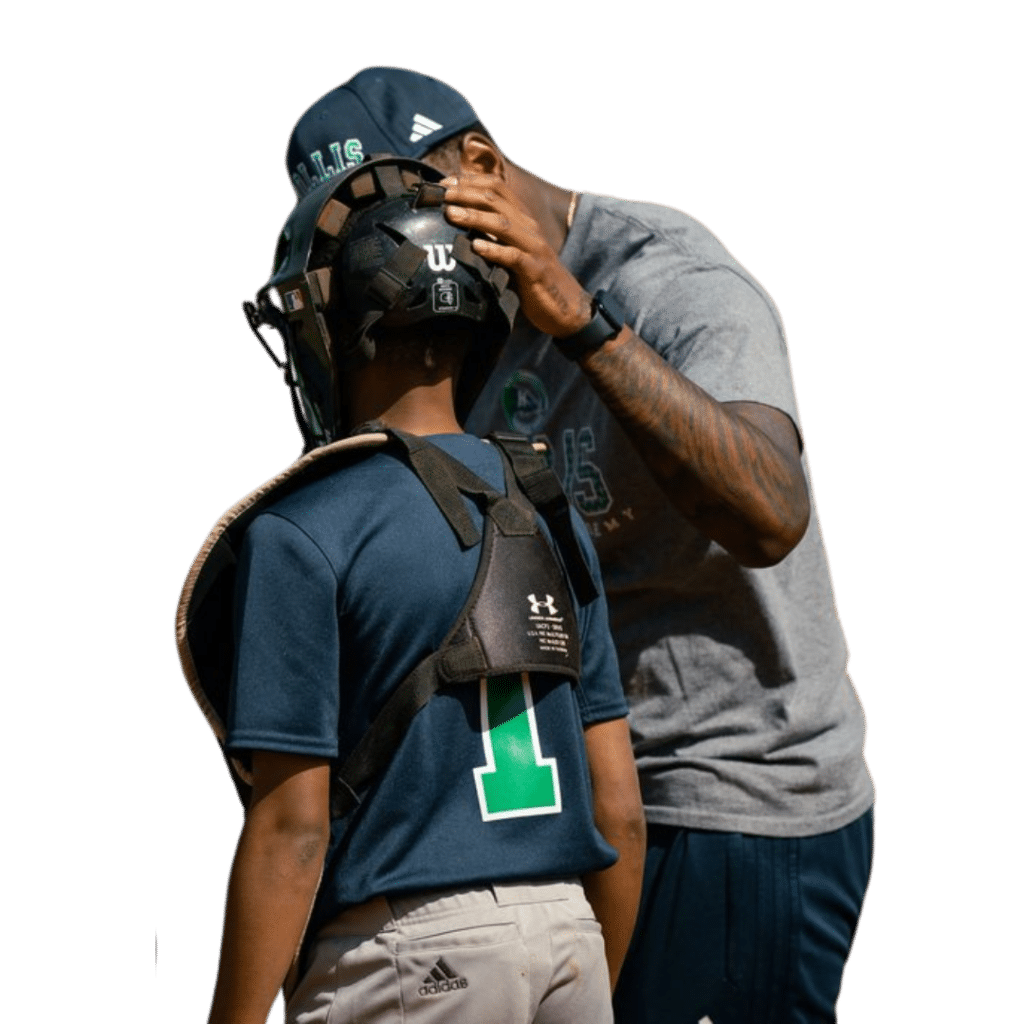As we watch the excitement unfold in today’s MLB Draft, it’s fascinating to reflect on how this pivotal event has evolved over the years. The draft now takes place in July, a shift from the traditional date of June 5 that I vividly remember from my teenage years.
Back in 1990, when I was a 14-year-old eagerly following the draft, I discovered my love for baseball through a series of fortuitous events. It all began in the fall of 1989 during my freshman year at Westlake High School in Atlanta. I was playing football then but found myself at the baseball field one day, where Atlanta Police Officer T.J. Wilson noticed my talent. Whether I was hitting or throwing, I can’t recall exactly, but I wish T.J. were still here to tell the story of our first meeting.
T.J.’s daughter Joya was a senior at Westlake, and his son Duane was soon to join us as a freshman. T.J. must have been assessing the potential of our team, and within weeks of knowing him, he arranged for me to take batting lessons with Denny Pritchett, a professional batting coach in Forsyth County. It was a revelation to see current MLB players and young kids training together, and for the first time, I realized coaching could be a paid profession.
My journey took a significant turn in the summer of 1990 when I had my first tryout with the Chicago Cubs, my childhood favorite team. Back then, MLB teams held free agent tryouts nationwide, attracting men from 18 to 80. Thanks to T.J.’s connections, I got to try out at just 14.
I was drafted by the Cubs on June 5, 1994, during my senior year at Westlake High School.
But I chose not to sign, instead opting to play at Georgia State University to mature physically, emotionally, and mentally. Despite playing well at State, my academic performance was lacking, leading to my transfer to Dekalb College, where history repeated itself. Nonetheless, I was drafted again by the Cubs on June 5, 1996, and this time, I signed and officially became a Cubbie.
Injuries cut my career short, but they also paved the way for a new chapter as a professional hitting coach, much like Denny Pritchett. For over 25 years, I’ve dedicated myself to this profession, contributing to the development of 43 Major League Baseball players through Diamond Directors, a business my wife Kelli and I founded to provide a blueprint for success for diamond sport athletes.
We’ve had the honor of coaching future MLB Silver Sluggers, Gold Glove winners, Rookies of the Year, Home Run Derby Champions, World Series Champions, and MVP winners. Today, as the MLB Draft takes place on July 14th, the projected first pick is Charlie Condon, an outfielder/third baseman from the University of Georgia.
In addition to Diamond Directors, Kelli and I co-founded LEAD Center for Youth, a sports-based youth development organization with a mission to teach Black youth how to overcome the curveballs of crime, poverty, and racism through baseball and tennis. Our LEAD Ambassadors baseball team aims to develop Black boys into Major League Players and Major League Citizens.
Looking ahead, my goal is for the first picks in the MLB Draft by 2034 to come from our LEAD Ambassadors Baseball Program. It’s an ambitious goal, but not an impossible one. We have the boys with the desire, talent, work ethic, support, and protection to achieve it. As the Chief Visionary Officer for LEAD, it’s my duty to set this goal and strive toward it.
Let’s make it happen. The future of baseball is bright, and it starts with nurturing the potential of today’s youth.
Connect with LEAD Center for Youth: For more information on our programs and how you can support, visit LEAD Center for Youth.


